French press coffee is a beloved and traditional brewing method that produces rich and robust flavors. However, for those seeking alternative options, there are various brewing techniques that can offer a unique and satisfying coffee experience. These alternatives provide a safe and enjoyable way to indulge in the art of brewing without compromising on taste and quality.
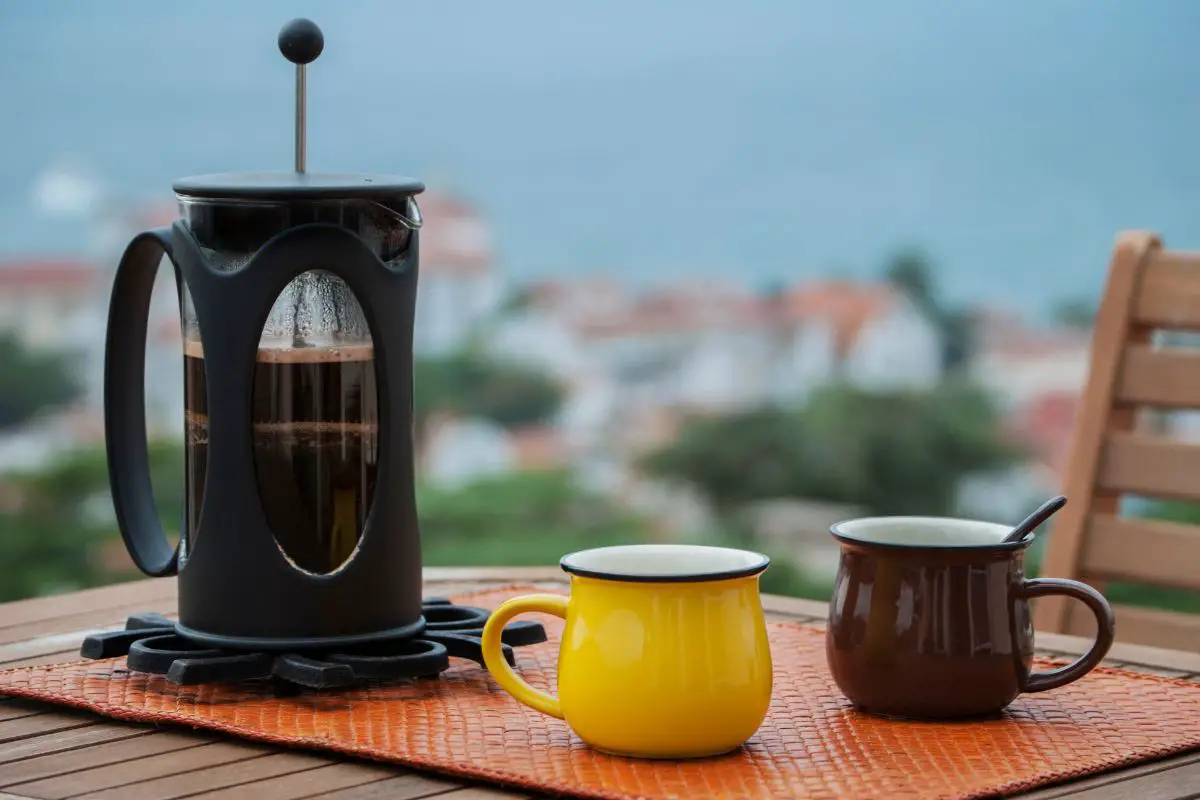
One such alternative is the pour-over coffee maker, which allows for precise control over the brewing process, resulting in a clean and flavorful cup of coffee.
Another option is the Aeropress, a versatile and portable brewing device that produces a smooth and full-bodied coffee in a short amount of time.
For those who prefer a stronger and more intense brew, the Moka Pot is an excellent choice. This stovetop espresso maker extracts coffee under pressure, creating a bold and concentrated flavor profile.
Additionally, cold brew is gaining popularity for its smooth and low-acidity characteristics, making it a great option for those with sensitive stomachs.
Lastly, espresso machines and single-serve pod systems offer convenience and consistency, allowing coffee enthusiasts to enjoy a cafe-like experience in the comfort of their own homes.
With these alternatives, coffee lovers can explore different brewing techniques while prioritizing safety and satisfaction.
Key Takeaways
- French press coffee is a traditional brewing method that offers rich and robust flavors.
- Alternative brewing techniques such as pour-over coffee makers, Aeropress, Moka Pot, cold brew, espresso machines, and single-serve pod systems provide different options for coffee enthusiasts.
- Each alternative brewing method has its own unique characteristics, such as precise control and clean flavors with pour-over coffee makers, versatility and portability with Aeropress, bold and concentrated flavor with Moka Pot, and smooth and low-acidity with cold brew.
- While single-serve pod systems offer convenience and consistency, there are concerns about their environmental sustainability and higher cost per cup.
Pour-over Coffee Maker
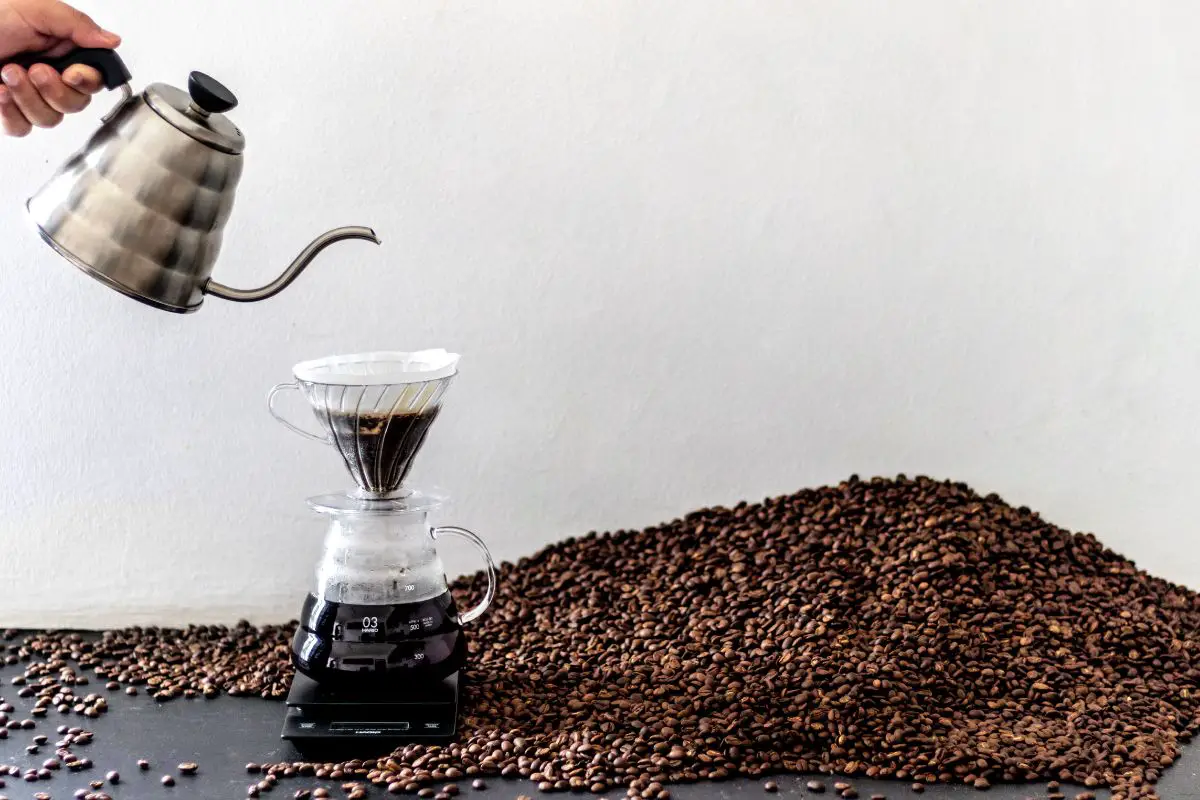
One popular alternative to a French press for brewing coffee is a pour-over coffee maker. This method involves pouring hot water over coffee grounds in a filter, allowing the water to slowly drip through and extract the flavors of the coffee. Pour-over coffee makers are often preferred by coffee enthusiasts for their ability to produce a clean and well-balanced cup of coffee.
Using a pour-over coffee maker requires attention to detail and precision. The water temperature should be between 195°F and 205°F to ensure proper extraction of the coffee flavors. The coffee grounds should be evenly distributed in the filter, and the water should be poured in a slow and steady manner to achieve optimal saturation.
One advantage of a pour-over coffee maker is that it allows for greater control over the brewing process. By adjusting the grind size of the coffee beans and the pouring technique, coffee lovers can experiment with different variables to achieve their desired taste. Additionally, pour-over coffee makers are often made of high-quality materials, such as ceramic or glass, which ensures the safety and durability of the equipment.
Transitioning to the subsequent section about the aeropress, this alternative brewing method offers a different approach to coffee extraction, providing a unique and distinct flavor profile.
Aeropress
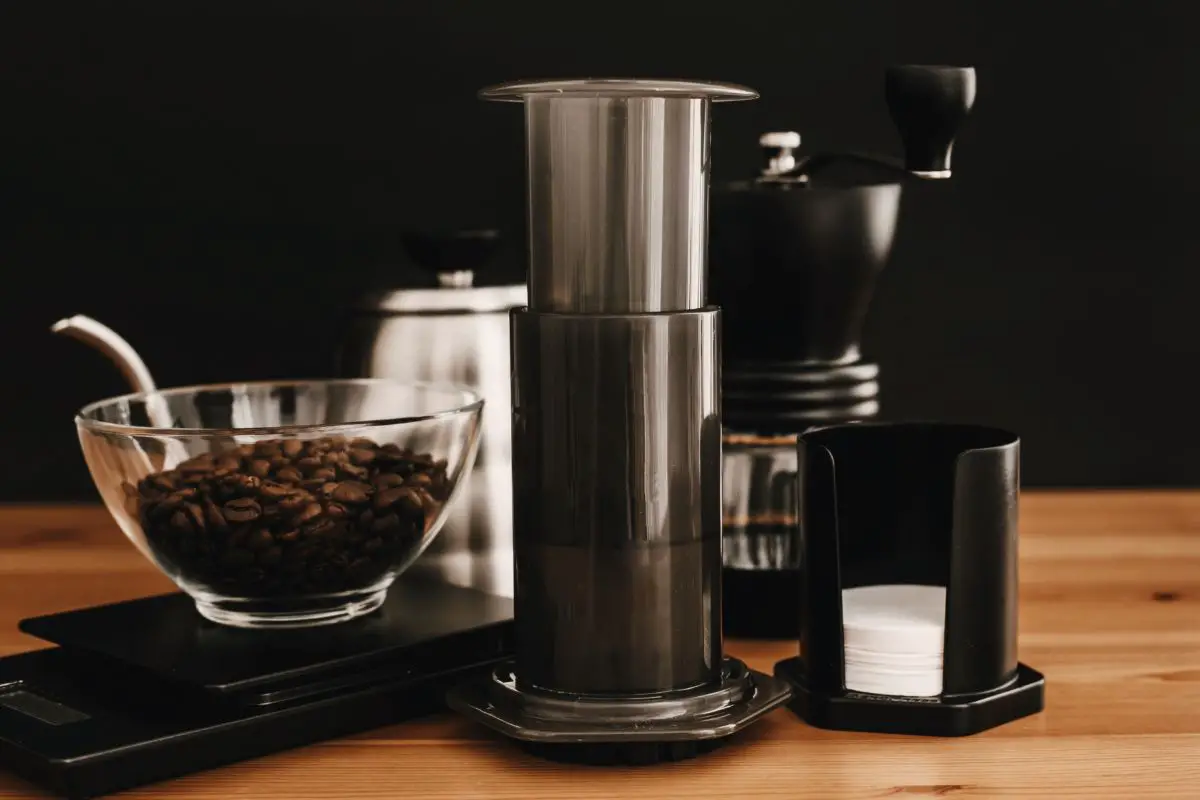
Another popular choice among coffee enthusiasts is the Aeropress, a favored method for brewing a rich and flavorful cup of coffee.
The Aeropress is a coffee brewing device that was invented by Alan Adler in 2005. It consists of two main parts, a chamber and a plunger, which are made of BPA-free plastic. The coffee is brewed by placing a filter at the bottom of the chamber, adding ground coffee, and pouring hot water over it. The plunger is then used to create pressure, which forces the water through the coffee grounds and into the cup. This method allows for a shorter brewing time compared to other methods, resulting in a smooth and clean cup of coffee.
The Aeropress offers a number of advantages for coffee enthusiasts. Firstly, it allows for precise control over the brewing process, as the user can adjust variables such as water temperature, grind size, and brewing time. This makes it possible to experiment and fine-tune the brewing method to achieve the desired flavor profile. Additionally, the Aeropress is portable and easy to clean, making it a convenient option for those who enjoy coffee on the go.
Transitioning to the subsequent section about the moka pot, another alternative to the French press is the moka pot, a traditional Italian coffee maker that produces a strong and bold espresso-like brew.
Moka Pot
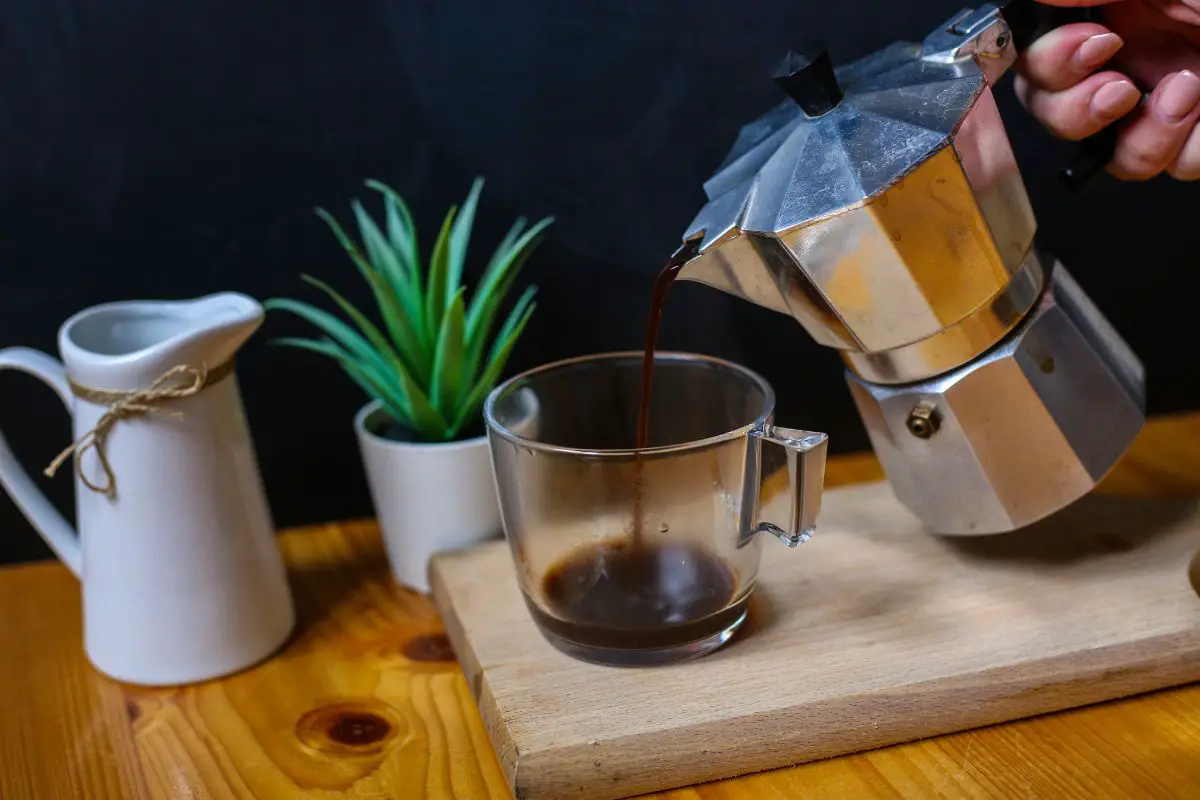
The moka pot is known for producing a strong and bold espresso-like brew. It consists of three chambers: a bottom chamber for water, a middle chamber for ground coffee, and a top chamber for the brewed coffee. As the water heats up, it creates pressure that forces it through the coffee grounds and into the top chamber, resulting in a rich and intense flavor.
One advantage of using a moka pot is its simplicity. It doesn’t require electricity and can be used on a stovetop, making it great for outdoor activities or power outages. The moka pot is relatively safe to use as long as basic precautions are followed, such as using oven mitts and ensuring it’s securely placed on the stovetop.
Transitioning to the next section, another alternative to the French press is the cold brew method.
Cold Brew
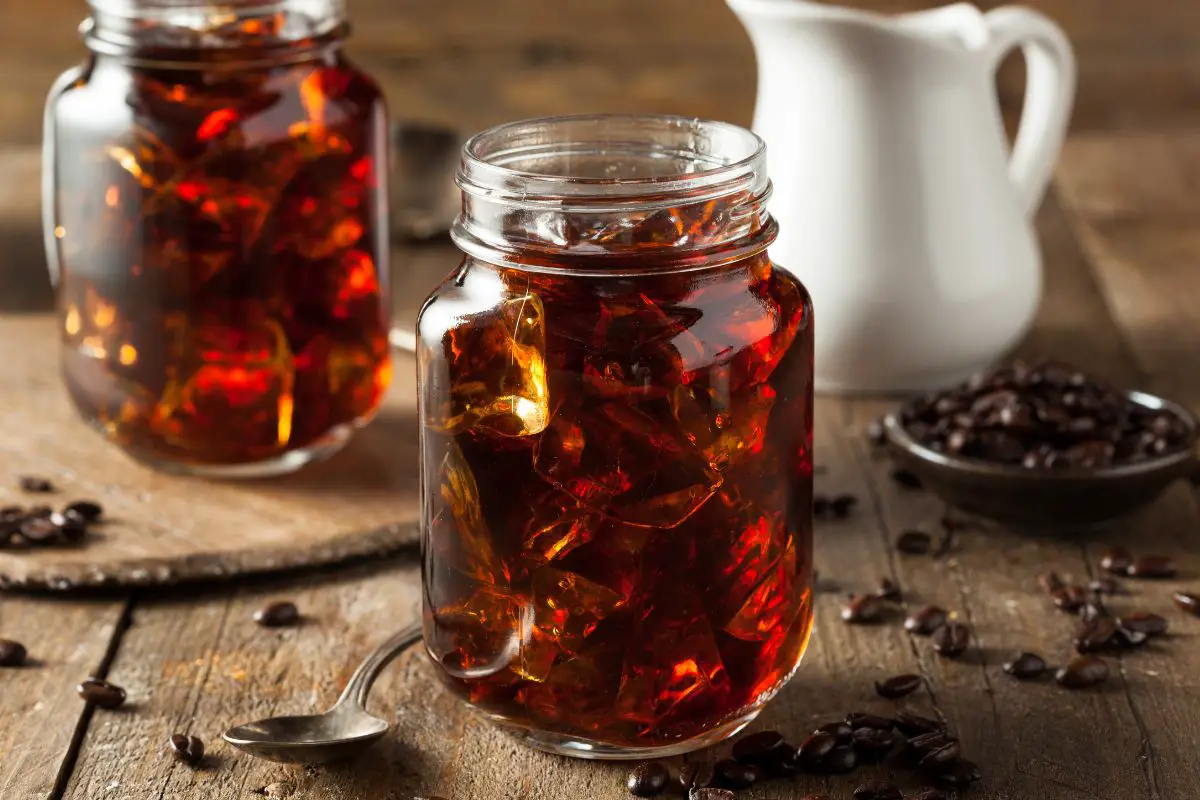
Cold brew is a popular brewing method that involves steeping coarsely ground coffee in cold water for an extended period of time, typically 12 to 24 hours. This method is known for producing a smooth and less acidic coffee extraction compared to other brewing methods.
The slow extraction process allows the coffee grounds to release their flavors gradually, resulting in a milder taste profile. The use of cold water also reduces the extraction of oils and fatty acids, which are responsible for the acidity in coffee. As a result, cold brew is often preferred by those who desire a less acidic coffee experience.
Additionally, cold brew offers a unique brewing experience as it can be enjoyed both hot and cold. The concentrate produced through the steeping process can be diluted with hot water for a warm cup of coffee or mixed with milk and ice for a refreshing cold beverage. This versatility makes cold brew a popular choice among coffee enthusiasts.
Transitioning to the next section, an alternative brewing method to consider is the espresso machine.
Espresso Machine
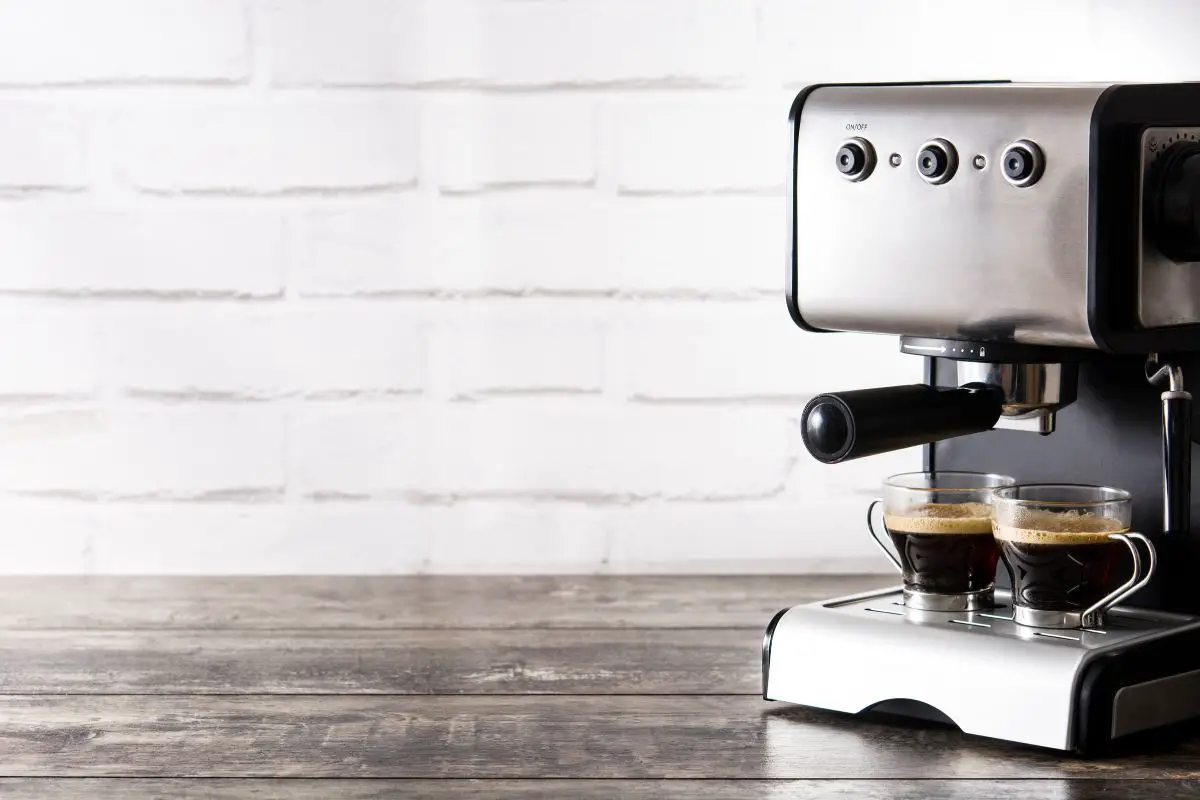
Using a highly specialized brewing apparatus, an espresso machine employs a pressurized system to force hot water through finely ground coffee, resulting in a concentrated and intense flavor profile. This method of brewing allows for the extraction of oils and flavors that are not easily achieved with other brewing methods.
Espresso machines are designed to maintain a constant temperature and pressure throughout the brewing process, ensuring consistency in the final product. The water is heated to the ideal temperature of around 195-205°F (90-96°C), which is crucial for extracting the desirable flavors from the coffee beans. The pressure, typically between 9 and 15 bars, forces the water through the coffee grounds, creating a rich and flavorful espresso shot.
Espresso machines come in different types, including manual, semi-automatic, and fully automatic. Each type offers varying levels of control and convenience. Additionally, espresso machines often have additional features, such as built-in grinders, steam wands for frothing milk, and programmable settings.
To provide a visual representation of the different types of espresso machines, the following table outlines their key features and functionalities:
| Type | Control Level | Convenience Level |
|---|---|---|
| Manual | High | Low |
| Semi-automatic | Medium | Medium |
| Fully automatic | Low | High |
The next section will discuss the single-serve pod system, another alternative to the French press.
Single-Serve Pod System
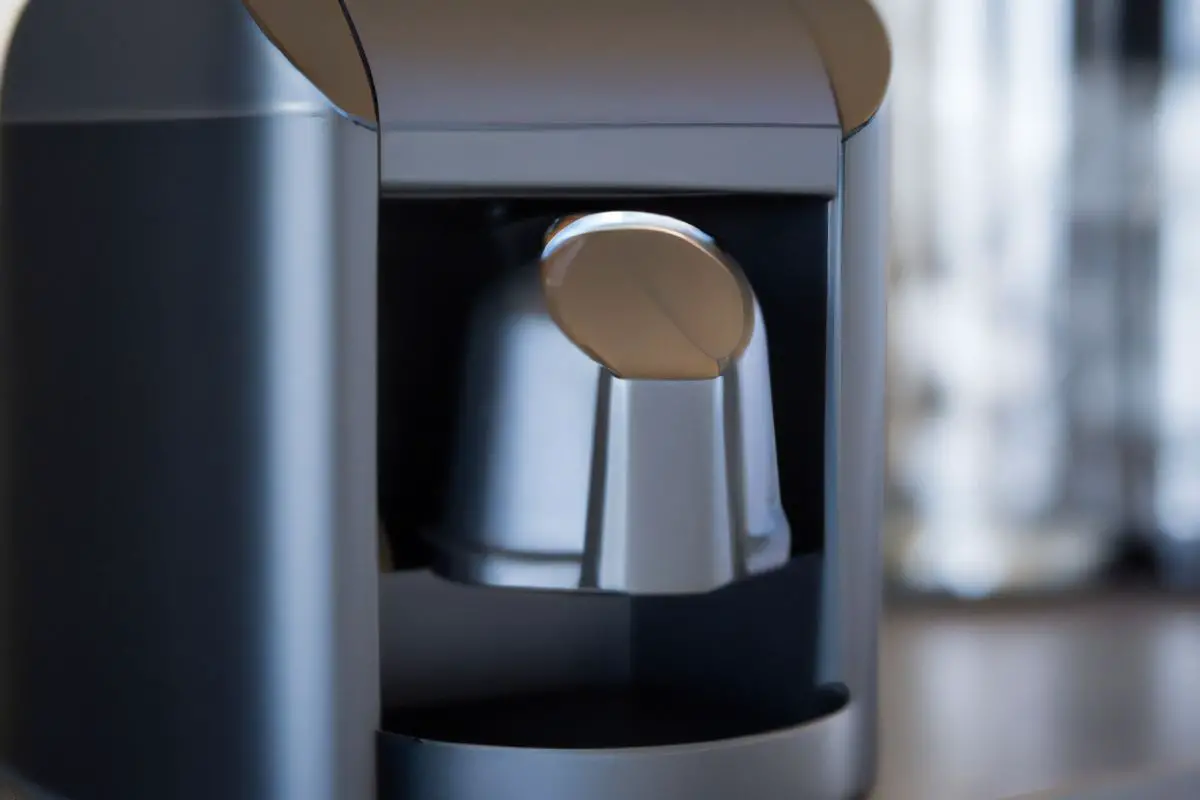
An innovative and convenient method for brewing coffee is the single-serve pod system, which offers a practical solution for those seeking a quick and hassle-free way to enjoy a freshly brewed cup of coffee.
This system involves the use of pre-packaged coffee pods that are inserted into a compatible machine, which then brews a single serving of coffee.
The single-serve pod system provides several advantages that make it a popular choice among coffee enthusiasts. Firstly, it ensures consistency in taste and quality, as each pod contains a precise amount of coffee grounds, eliminating the need for measuring and experimentation. Secondly, it offers convenience and time-saving benefits, as the brewing process is automated and requires minimal effort. Lastly, it minimizes the potential for accidents or mishaps, as the pods are designed to be easily inserted and removed from the machine, reducing the risk of burns or spills.
However, it is important to note that there are some drawbacks to consider when using a single-serve pod system. The pods are typically made from plastic, which raises concerns about environmental sustainability. Additionally, the cost per cup of coffee can be higher compared to other brewing methods, as the pods are often more expensive than buying coffee beans in bulk.
Despite these drawbacks, the single-serve pod system remains a popular choice for those who prioritize convenience and consistency in their coffee brewing experience.
Frequently Asked Questions
Are French press alternatives more expensive than traditional French presses?
French press alternatives can vary in price, with some being more expensive than traditional French presses. Factors such as the brand, material, and additional features can contribute to the price difference.
How does the taste of coffee brewed with a pour-over coffee maker compare to that of a French press?
The taste of coffee brewed with a pour-over coffee maker compared to a French press is subjective. Pour-over coffee tends to produce a lighter and cleaner taste, while the French press produces a bolder and fuller-bodied flavor.
Can I use the same type of coffee grounds in an Aeropress as I would in a French press?
The type of coffee grounds used in an Aeropress can be similar to those used in a French press. However, it is important to consider the grind size and brewing method specific to each device for optimal results and safety.
What is the brewing time for coffee made with a Moka pot compared to a French press?
The brewing time for coffee made with a moka pot is typically shorter compared to a french press. While the exact time can vary, it often takes around 4-5 minutes for the moka pot, whereas the french press requires steeping for 4-7 minutes.
Are French press alternatives more environmentally friendly than traditional French presses?
French press alternatives, such as pour-over coffee makers, can be more environmentally friendly than traditional French presses. They often use less water and produce less waste, making them a safer choice for those concerned about sustainability.
Conclusion
In conclusion, when seeking a french press alternative, various options are available to cater to different preferences.
The pour-over coffee maker offers a meticulous brewing process that ensures a rich and flavorful cup of coffee.
The aeropress provides a quick and efficient method, perfect for those on the go.
The moka pot presents a traditional and authentic brewing experience, yielding a strong and robust coffee flavor.
Cold brew offers a refreshing and smooth alternative, while an espresso machine delivers a bold and intense coffee experience.
Lastly, the single-serve pod system offers convenience and simplicity.
With these alternatives, coffee enthusiasts can explore a wide range of flavors and brewing techniques, creating a truly exceptional coffee experience.
Also read: